How to Identify Sewing Machine Needle Size in 2023 (5 ways)
The sewing needle size determines how much pressure you can apply while stitching, which in turn affects the look of your finished product. Unfortunately, suppose you’re new to sewing. It may be hard that how to identify sewing machine needle sizes that are available for your specific machine as different types of needles are available in the market.
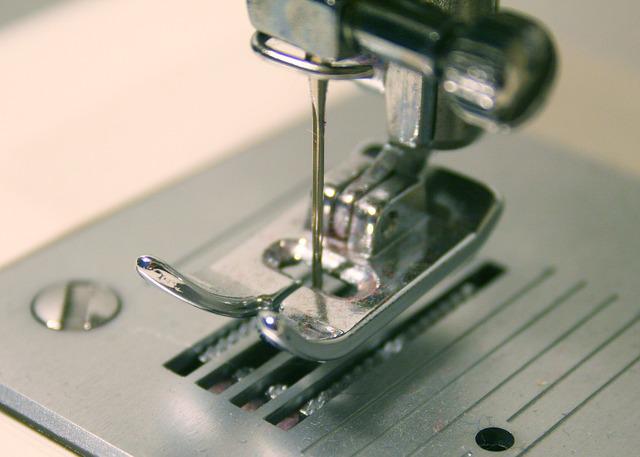
Luckily, there are several ways to tell if a particular needle will work with your machine. You can also find out whether or not a specific size needle is compatible with any sewing machine brand. So let’s take a closer look at some of these options.
Identifying Needle Sizes by Brand Name
If you have a brand-name sewing machine, you should be able to determine the size of its needles just by looking at different types of sewing machines. The most common brands include Brother®, Janome®, and Singer®.
Brother
Singer
Janome
Needles come in different sizes. For example, Brother offers four common types of hands for different fabric types.
Standard: A standard sewing needle is about 3/8 inch long and has an eye diameter of 1/2 inch. This type of needle is usually used for light fabrics like cotton.
Heavy-Duty: A heavy-duty sewing needle is about 5/16 inches long and 1/4-inch eye diameter. These needles are designed for heavy fabrics such as denim and leather and are called leather needles and denim needles.
Super Fine: A super fine sewing needle is about 6/32 inches long and has a 3/8-inch eye diameter. They are meant for even thicker fabrics like canvas and corduroy.
XtraFine: An XtraFine sewing needle is about 7/64 inches long and has an 11/64-inch eye diameter. Use this needle when working with very thick materials like felt and vinyl.
You can use a ruler to measure the length of the needle. Just make sure to hold the hand straight up to don’t accidentally cut yourself while measuring.
Identifying Needles by Type
There are two main types of sewing needles: flat and pointed. Flat hands are round and have no sharp edges. Pointed needles are square-shaped and have a quick tip.
Flat Needles
Pointed Needles
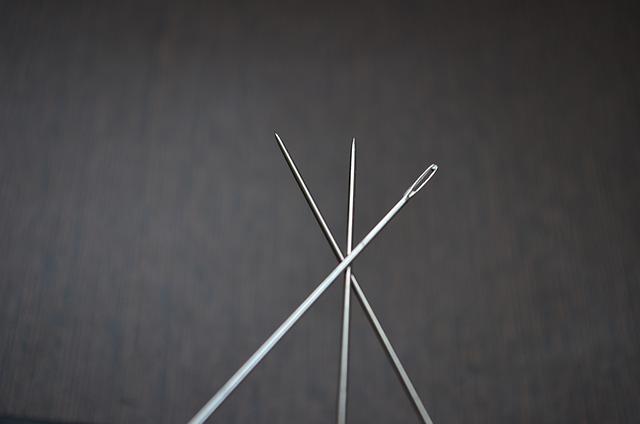
Pointed needles are generally smaller than their flat counterparts. However, they have more flexibility because they can move around quickly inside the sewing machine. In addition, pointed needles are easier to insert into the fabric because they have sharper tip.
On the other hand, flat needles are less flexible and stay in place better during stitching. Because of this, they are often recommended for beginners who want to learn how to sew.
Identifying Needles by Eye Diameter
Another way to figure out what size needle you need is to match the eye diameter of the hand to the thickness of the material you plan to sew.
For example, if you want to stitch a button onto a shirt using a regular sewing needle, you’ll probably need to get a sewing needle with an eye diameter of 1-1/2 inches.
On the other hand, if you want to sew a zipper into a pair of jeans, you’ll need a sewing needle with an eyeball diameter of 2 inches.
In general, the bigger the eye diameter, the more pressure you can exert during stitching.
Identifying Needels by Length
Finally, you can also buy sewing needles based on their length. The longer the hand, the easier it is to control the amount of pressure applied to the fabric.
A good rule of thumb is to choose a needle between 4 and 8 inches long.
However, remember that shorter needles tend to be harder to manipulate because they require more force to push through the fabric. On the other hand, longer needles are better suited for projects where you need to apply a lot of pressure.
Remember to check the manufacturer’s recommendations before buying when choosing a needle. Most manufacturers recommend that you stick to the same brand of sewing machine needles throughout the life of your machine.
Also, make sure to change your needle regularly. If you decide to replace a hand, try to purchase one from the same manufacturer.
That way, you won’t have to worry about compatibility issues.
Identifying Needels by Material Thickness
When choosing the correct needle size, it’s important to remember that the material you’re using matters too. For example, you might need a different-sized needle depending on the thickness of the fabric.
Here’s a quick guide to help you choose the correct needle size for your project:
- Thickness
- Material
- Fabric
- Lightweight (cotton)
- Medium Weight (polyester)
- Heavyweight (denim)
- Very Heavyweight (canvas)
When selecting a sewing needle, you should consider both the weight and thickness of the fabric you will use.
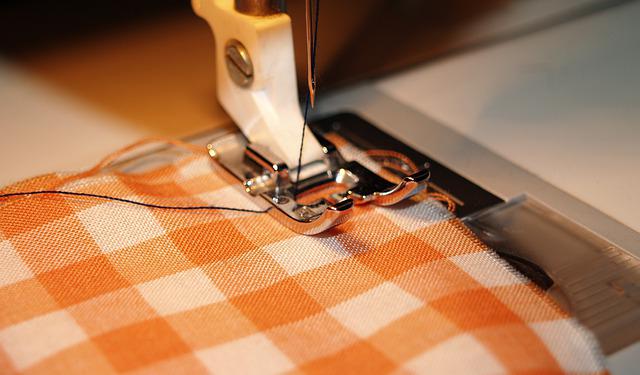
A lightweight fabric like cotton requires a lighter needle than a heavyweight fabric like denim.
In addition, you should pay attention to how thick the fabric is. If the material is thin, you may need a larger needle than if the fabric is thick.
The best way to determine the thickness of your fabric is to pull a small sample from the bolt and see how it feels.
If you’re unsure which needle size to get, ask the sales associate at your local department store for advice.
Finding the Right Needle Size for Your Sewing Machine
Now that you know how to identify the right and new needle size, you’re ready to buy one. But before you do, you should check to ensure that your machine will accept the new needle.
Most machines have a manual or a digital display that tells you whether or not the needle you’ve selected fits in the device.
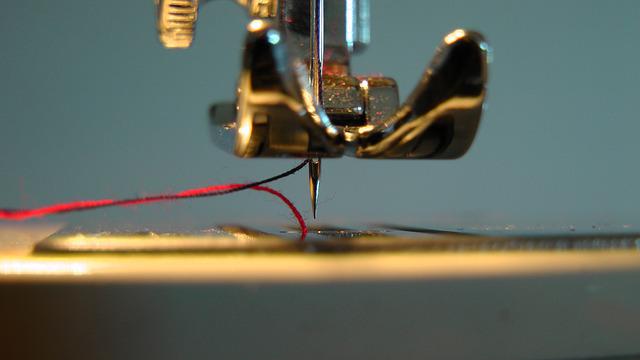
However, some older models don’t have these features. So if you’re worried that your machine won’t work with the new needle, you can always take it back to the store where you bought it.
Once you find the correct needle, you can attach it to your machine by threading it through the eye of the needle plate.
Next, slide the needle into place and tighten the screw until it clicks into position.
Conclusion
Sewing machine needles are an essential tool you will use when sewing. Therefore, it’s necessary to take good care of your sewing machine needles to ensure they last as long as possible, so you get the best results from your sewing projects.
Ensure you are getting the most out of your sewing machine needles.
This blog post has helped you identify the sewing machine needle size, and we hope you will find the perfect needle for your machine by reading this blog post.
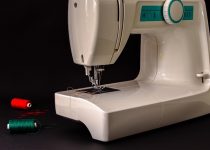
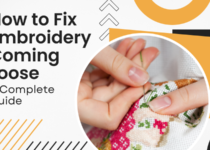
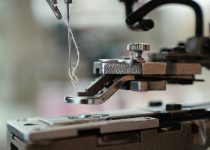

4 Comments